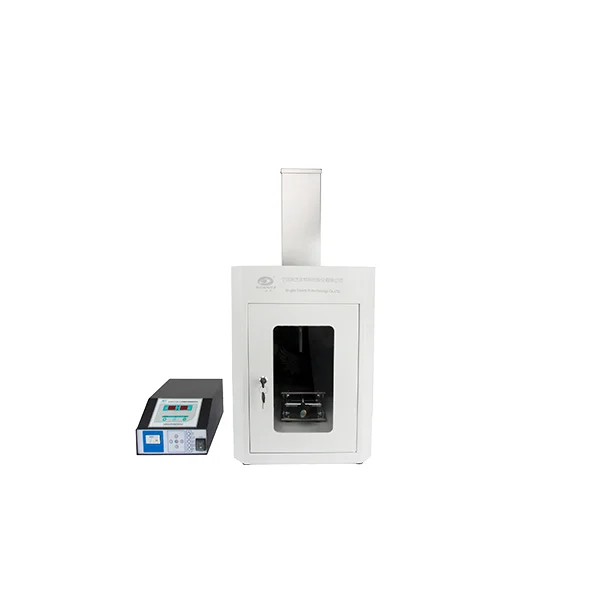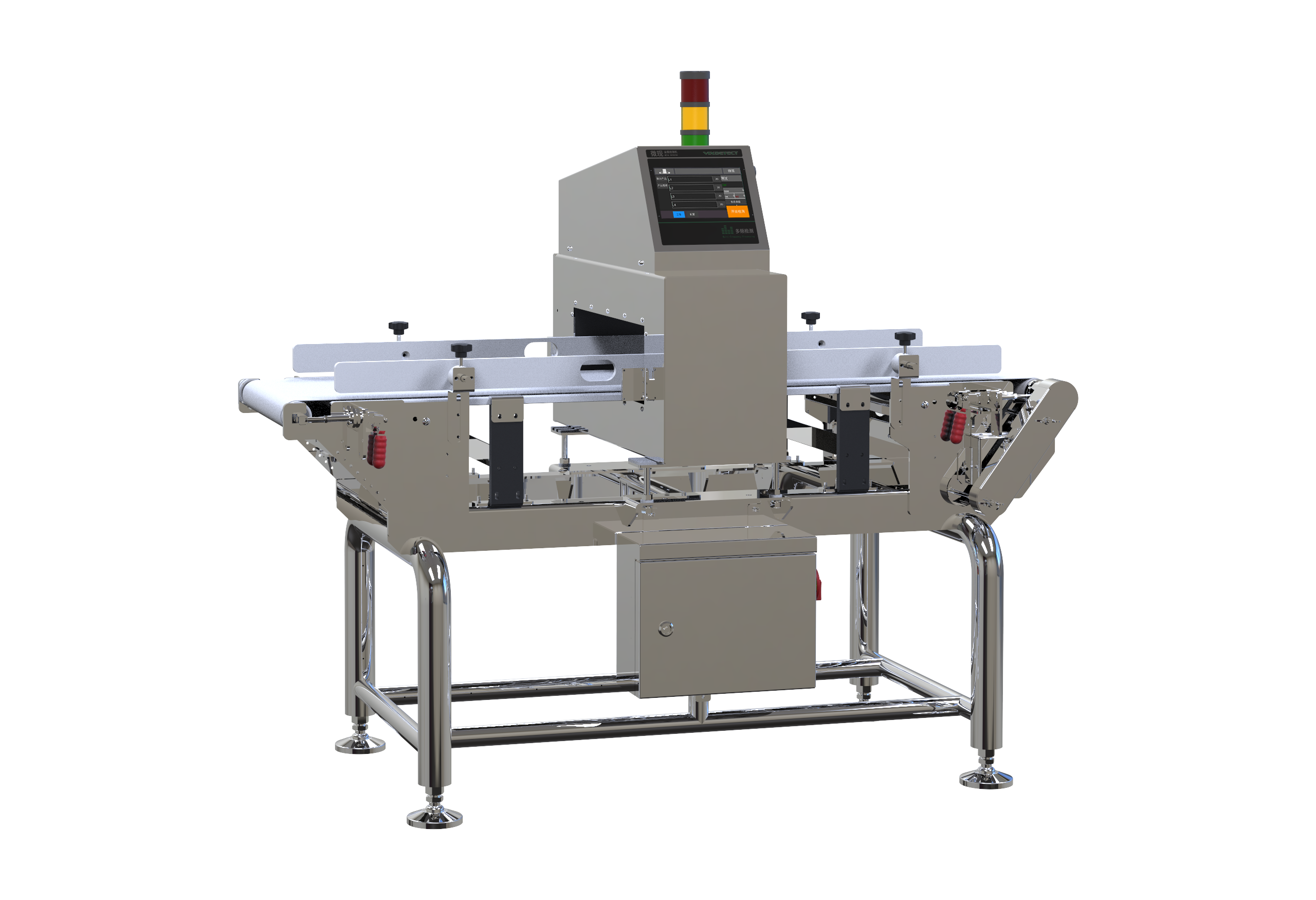Mastering Rim Repair: A Comprehensive Guide to Fixing Your Wheel After a Curb Encounter
Hitting a curb can be a jarring experience, not just for your vehicle but also for your wallet. A damaged rim can lead to various issues, including tire leaks, poor handling, and even safety hazards. Fortunately, with the right tools and techniques, you can often repair a damaged rim yourself. This article will guide you through the process of fixing a rim after hitting a curb, ensuring you can get back on the road safely and efficiently.
Understanding Rim Damage
Before diving into the repair process, it’s crucial to understand the types of damage that can occur when you hit a curb. The most common types of rim damage include:
- Bending: This is the most frequent type of damage, where the rim is deformed due to the impact.
- Scratches and Scuffs: These cosmetic damages may not affect the rim's functionality but can detract from your vehicle's appearance.
- Cracks: More severe than bending, cracks can compromise the structural integrity of the rim and may require professional intervention.
- Corrosion: If the rim is made of aluminum, it may develop corrosion over time, especially if it has been damaged.
Assessing the Damage
Before you begin any repair work, it’s essential to assess the extent of the damage. Here’s how to do it:
- Visual Inspection: Look for visible bends, cracks, or scratches. Use a flashlight to inspect the rim closely.
- Tire Pressure Check: Ensure that the tire is properly inflated. A damaged rim can lead to air leaks, so check for any signs of deflation.
- Spin Test: If possible, remove the wheel and spin it to see if it wobbles. A bent rim will cause the tire to wobble as it rotates.
Tools and Materials Needed
To repair a rim effectively, you will need the following tools and materials:
- Jack and Jack Stands: To safely lift your vehicle.
- Lug Wrench: For removing the wheel.
- Rubber Mallet: To gently tap the rim back into shape.
- Heat Gun or Torch: To heat the metal if necessary (be cautious with this method).
- Pliers: For pulling out any small dents.
- Sandpaper or a Grinder: To smooth out scratches and rough edges.
- Rim Repair Kit: These kits often include epoxy or filler for cracks and bends.
- Paint or Rim Polish: For cosmetic touch-ups.
Step-by-Step Repair Process
Step 1: Safety First
Before starting any repair work, ensure your vehicle is parked on a flat surface, and engage the parking brake. Use the jack to lift the vehicle and secure it with jack stands.
Step 2: Remove the Wheel
Using the lug wrench, remove the lug nuts and take off the wheel. This will give you better access to the rim and allow for a more thorough inspection.
Step 3: Repairing Bends
- Identify the Bend: Locate the bent area on the rim.
- Use the Rubber Mallet: Gently tap the bent area with a rubber mallet. Start from the outer edge and work your way towards the center. Be careful not to apply too much force, as this can cause further damage.
- Heat the Rim (if necessary): If the bend is stubborn, you can use a heat gun to warm the metal slightly. This can make it more malleable. However, avoid overheating, as this can weaken the rim.
Step 4: Fixing Scratches and Scuffs
- Sand the Area: Use sandpaper or a grinder to smooth out any rough edges around the scratches.
- Apply Rim Repair Filler: If the scratches are deep, apply a rim repair filler according to the product instructions. Allow it to cure completely.
Step 5: Addressing Cracks
- Clean the Crack: Use a wire brush to clean the area around the crack.
- Apply Epoxy: Mix the epoxy according to the instructions and apply it to the crack. Ensure it fills the entire crack and extends slightly beyond it for a secure bond.
- Sand Smooth: Once cured, sand the area smooth to match the rest of the rim.
Step 6: Final Touches
- Paint or Polish: If desired, paint the repaired area or use rim polish to restore the rim’s shine.
- Reinstall the Wheel: Once the repair is complete and fully cured, reinstall the wheel and tighten the lug nuts securely.
When to Seek Professional Help
While many rim repairs can be done at home, some situations warrant professional assistance. If you notice significant cracks, severe bending, or if the rim is made of a material that is difficult to repair (like magnesium), it’s best to consult a professional. Additionally, if you’re unsure about the safety of the repair, err on the side of caution.
Conclusion
Repairing a rim after hitting a curb can save you time and money, allowing you to maintain your vehicle’s performance and aesthetics. By following the steps outlined in this guide, you can effectively assess and repair minor damages. However, always prioritize safety and seek professional help when necessary. With the right approach, you can restore your rim and get back on the road with confidence.


